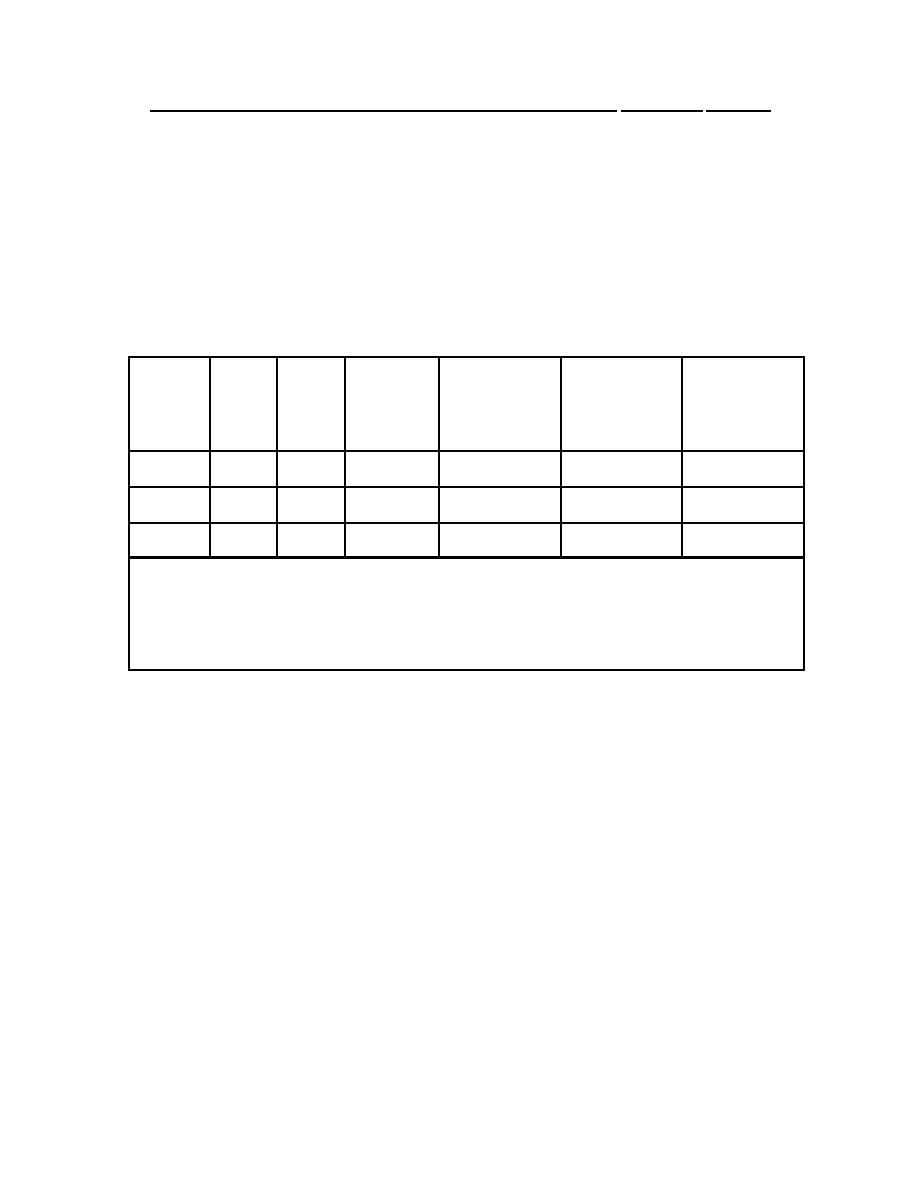 |
|||
|
|
|||
|
Page Title:
Table 2-12. Determination of "Dividing Line" Enrichments Above Which Radiological Monitoring Requirements Become Limiting |
|
||
| ||||||||||
|
|  DOE-STD-1136-2004
Guide of Good Practices for Occupational Radiological Protection in Uranium Facilities
Table 2-12 shows the values used for fb and fk, ALI, and the resulting "dividing line" enrichments for
acute and chronic exposures. Several aspects of these derivations must be kept in mind when using this
information. First, the derivation is based on standard metabolic models and therefore does not necessarily
reflect the effects of a uranium uptake on a real person. Because individual metabolism's will not necessarily
agree with the model, the enrichment at which chemical and radiological effects are equally limiting cannot
be precisely determined. Uncertainty in the relationship between enrichment and specific activity introduces
additional imprecision. Consequently, exposures for both chemical and radiological impact for uranium
uptakes at enrichments near the calculated "dividing line" enrichment should be evaluated.
Table 2 -12.
Determination of "Dividing Line" Enrichments Above Which Radiological
Monitoring Requirements Become Limiting
Specific Activity
Annual
"Dividing Line"
"Dividing Line"
of "Dividing
Limit on
Enrichment for
Enrichment for
Line"
Intake
Class
fb
fk
Enrichment
Radiological Dose
2% Monitoring
Ci
Limit
Threshold
for Radiological
Dose Limit
D
0.476
0.12
1
169.5 Ci/g
(b)
7.38%
W
0.12
0.12
0.7(a)
29.9 Ci/g
52.8%
0.52%
Y
0.05
0.12
0.04
0.71 Ci/g
0.82%
(c)
234
235
238
U and 0.8 Ci for U and U. This difference is the
ICRP Publication 30 lists Class W ALIs of 0.7 Ci for
(a)
result of rounding to one significant figure. Non-rounded values for the three isotopes are all approximately 0.75
microCi.
(b) The resulting enrichment is greater than 100 %. Consequently, chemical toxicity is limiting for acute exposures to
Class D uranium approaching the radiological dose limit.
(c) The resulting enrichment is lower than that of depleted uranium. Consequently, radiological concerns are limiting for
acute exposures to Class Y uranium at the monitoring threshold.
The impact of the requirement to perform individual radiological monitoring at 2% of the regulatory
dose limits can be assessed by reducing ALIs by a factor of 50, then repeating the calculations described in
Examples 3a and 3b. Table 2-13 summarizes the results of these calculations.
The effects that enrichment, chemical form, and physical form have on the hazards associated with
uranium are summarized in Table 2-13. The comparison of relative chemical and radiological hazards is
based on a derived kidney burden resulting from an acute exposure at the "no effect" threshold. The effect
of using the OSHA exposure limits of 0.05 mg/ m3 for soluble forms of uranium (Class D) and 0.25 mg/m3
for insoluble forms (Classes W and Y) is shown for chronic exposures. The derivations used here can be
applied to any limit on radiological or chemical toxicity, be it a regulatory or an internal dose control
limit. It should be emphasized, however, that the radiological impact should be considered for all intakes,
even for exposure situations where chemical toxicity is limiting.
2-28
|
|
Privacy Statement - Press Release - Copyright Information. - Contact Us |